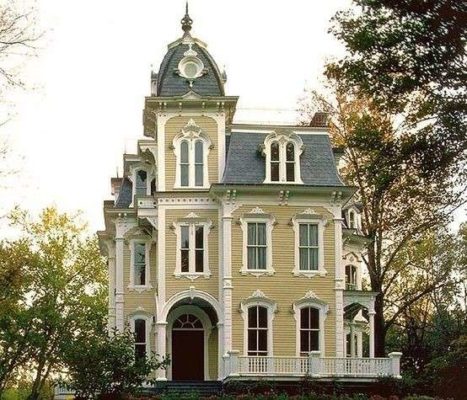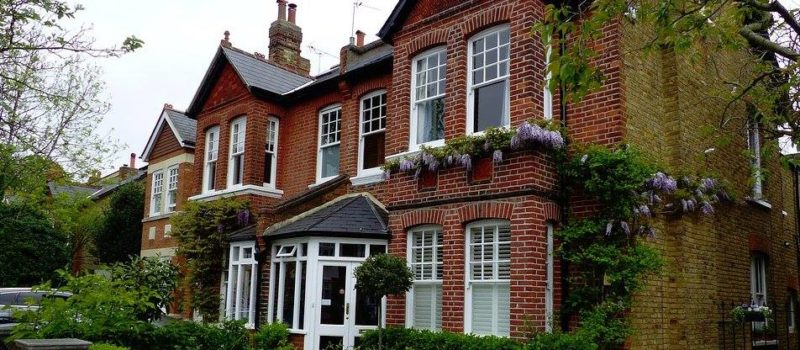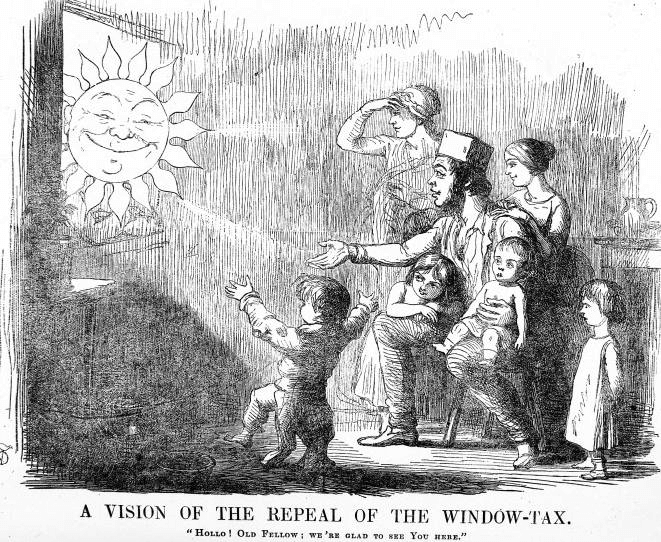
The Victorian era was one of enormous transformation for British industry and architecture. It wasalso during the Victorian era that windows tax was abolished.
The windows tax was imposed in England in 1696, was repealed in 1851 after campaigners arguedthat it was a ‘tax of health’, and a ‘tax on light and air’, as well as being an unequal tax with the greatest burden on the middle and lower classes.
When the window tax was introduced, it consisted of two parts: a flat-rate house tax of 2 shillingsper house (equivalent to £12.73 in 2016), and a variable tax for the number of windows above tenwindows in the house. Properties with between ten and twenty windows paid an extra fourshillings (equivalent to £25.47 in 2016), and those above twenty windows paid an extra eightshillings (equivalent to £50.94 in 2016).

It was a banded tax. For instance, In 1709 with the union of England and Scotland, taxes were harmonised and a new top rate of 20s total was introduced for houses with 30 or more windows. In 1747 for a house with ten to fourteen windows, the tax stood st 6d. per window, fifteen tonineteen windows, 9d., and exceeding twenty or more, 1s.. The tax was raised six times between1747 and 1808. By then the lowest band started at six windows. This was raised in 1825 to eightwindows.
The window tax was relatively easy to assess and collect as windows are clearly visible from the street.
As early as 1718 it was noted that there was a decline in revenue rised by the tax due to windowsbeing blocked up. It was also observed that new houses were being built with fewer windows. In 1851, it was reported that the production of glass since 1810 remained almost the same despite the large increase population and building of new houses.

There was a strong agitation in England in favour of the abolition of the tax during the winter of 1850-51, and it was accordingly repealed on 24 July 1851 and a tax on inhabited houses substituted. The Scottish window tax was also abolished at the same time.
This result was homes being built with more windows. The industrial revolution also brought plate-glass manufacturing techniques which made large, heavy windows more affordable. Victorian windows were predominantly of the ‘sash’ variety.
Victorian sash windows did not open out on hinges in the same way as casement windows, but instead incorporated two or more panels which moved behind one another on tracks.



